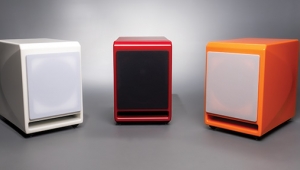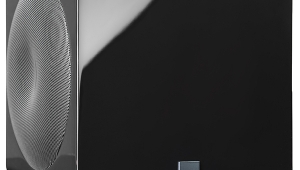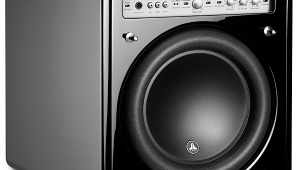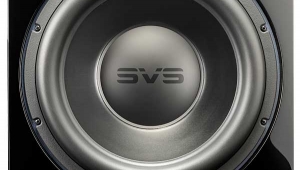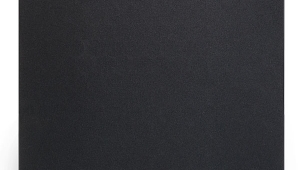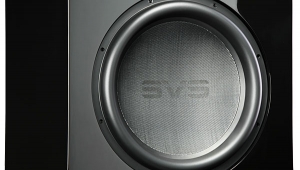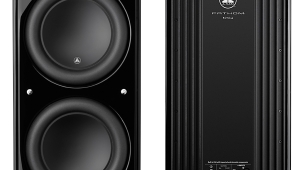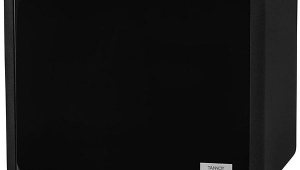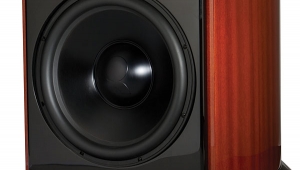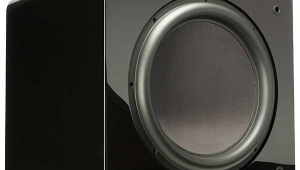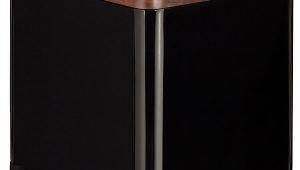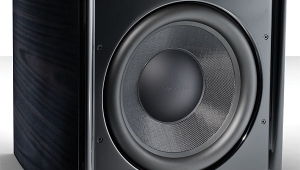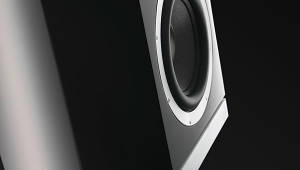| Columns Retired Columns & Blogs |
Muse Model 18 subwoofer Measurements
Sidebar 2: Measurements
Footnote 1: Do not attempt either of these at home.—John Atkinson
Starting with the high-pass electronics, I measured the crossover slopes with different personality cards. Fig.1 shows the slopes with the Hales System Two Signature (52Hz rated) and the Rush Monument 2 (100Hz rated) cards. Interchannel crosstalk in the high-pass electronics, shown in fig.2, was fairly good, measuring about 60dB up to 10kHz, decreasing slightly to 55dB at 20kHz. I repeated the crosstalk measurements without a personality card (and its ribbon connecting cable) in the circuit. The card and ribbon cable didn't degrade the channel isolation.
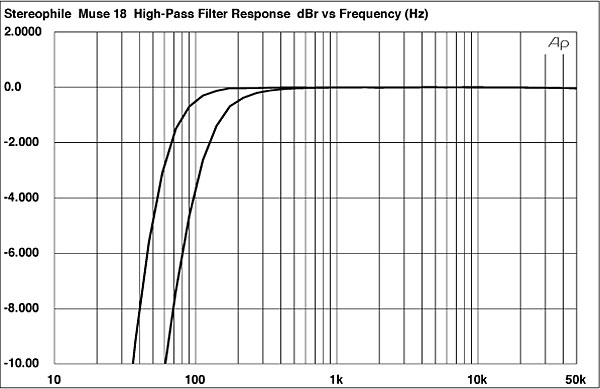
Fig.1 Muse 18, high-pass output response with 52Hz and 100Hz personality cards (2dB/vertical div.)
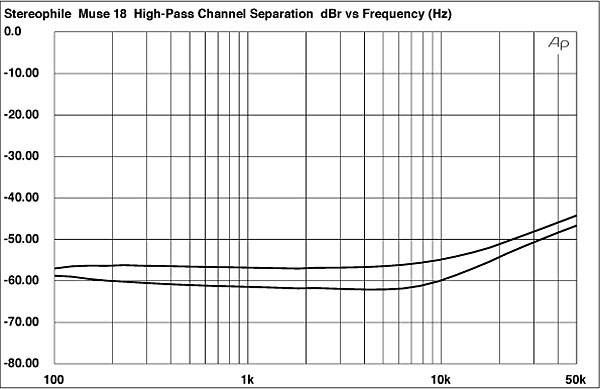
Fig.2 Muse 18, high-pass output channel separation (5dB/vertical div.)
The high-pass section's output impedance was 256 ohms at 70Hz, 108 ohms at 1kHz, and 104 ohms at 20kHz. A 100mV 1kHz input signal produced 93mV at the output, nearly unity gain. Input overload was 11.1V p-p (3.95V RMS), not exceptionally high, but above the capabilities of most signal sources. Bandwidth was quite wide, the high-pass section rolling off by just 0.8dB at 200kHz (the Audio Precision System One's bandwidth). THD+Noise was very low, measuring less than 0.009% throughout the passband.
The Model 18's nearfield response with the Hales Signature card is shown in fig.3. The kink at about 18Hz is a measurement anomaly since it doesn't appear on other plots taken at slightly different places. This measurement was made with the B&K microphone parallel with, and 0.5" above, the floor, and 1" from the slot opening. I repeated the measurement with the microphone in various positions, but felt that this curve is most representative of its in-room performance. Note the steep rolloffs on either side of its passband (which is quite narrow) and the remarkable low-frequency extension. This curve confirms the claimed –3dB point of 18Hz. I drove the Model 18 with a variable-frequency sinewave oscillator, listening and feeling for cabinet resonances. The enclosure was quite inert except at about 23Hz, where it shook up and down like a paint-mixer when driven at high levels. Incidentally, the amount of air the Model 18 moves at this frequency is surprising; putting my hand into the slot felt like putting it into a washing machine (footnote 1).
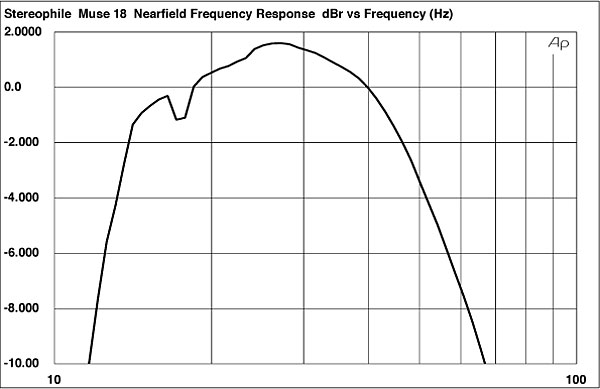
Fig.3 Muse 18, nearfield acoustic response (2dB/vertical div.)
Finally, I used the magazine's MLSSA system to look at the averaged 1/3-octave response with the Model 18 and the Hales System Two Signatures in-room. This curve, shown in fig.4, is an average of seven measurements taken with the microphone at different positions near the listening area. This technique reduces the effects of standing waves and room characteristics on the measurement. The curve is quite smooth, but with some excess energy in the 20–40Hz octave, a slightly depressed lower treble, and a rise at about 10kHz. Some of these effects are the result of the listening room's influence on the measurement; the general trends are apparent in other in-room measurements made with different loudspeakers (see the curves in the Phase Technology PC-90 review in the next issue).—Robert Harley
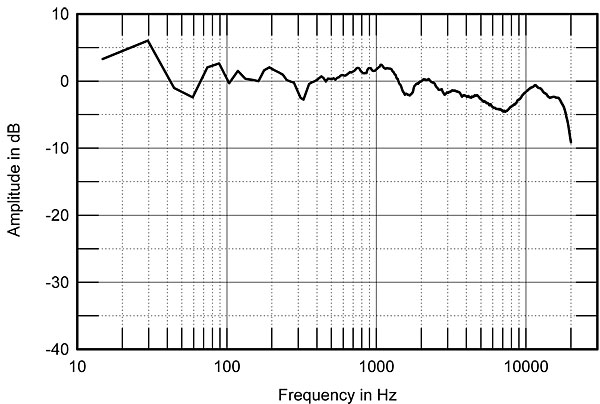
Fig.4 Muse 18 with Hales Two Signature, 1/3-octave spatially averaged in-room response (10dB/vertical div.).
Footnote 1: Do not attempt either of these at home.—John Atkinson
- Log in or register to post comments
